After which crops can strawberries be planted?

Strawberries are a healthy and tasty berry. She is very popular not only in our country. Summer residents all over the world grow it on their backyard territory. In order for the plant to take root in the garden and in the future to fully bear fruit, you need to know some of the features of care. The composition of the soil has a very great influence. Therefore, it is worth taking care of strawberries before planting them in the garden. Namely, it is necessary to take into account what cultures grew there before her. You should also familiarize yourself with the rules of crop rotation and apply them in practice.

How and what do predecessors influence?
Plants in the process of growing change the composition of the soil as a result of their vital activity. And each in its own way. Also, some horticultural crops are disease carriers and can transmit disease through the soil. Therefore, when planting, it is necessary to take into account the recommendations of crop rotation.
Crop rotation is the correct alternation of garden plants in a summer cottage. It is practically the main link in agriculture. This set of rules for summer residents is scientifically based.
It is required to observe the sequence of growing vegetables in a particular territory in order to supply the plants with the substances and elements they need, without spending additional efforts on fertilizing and feeding.
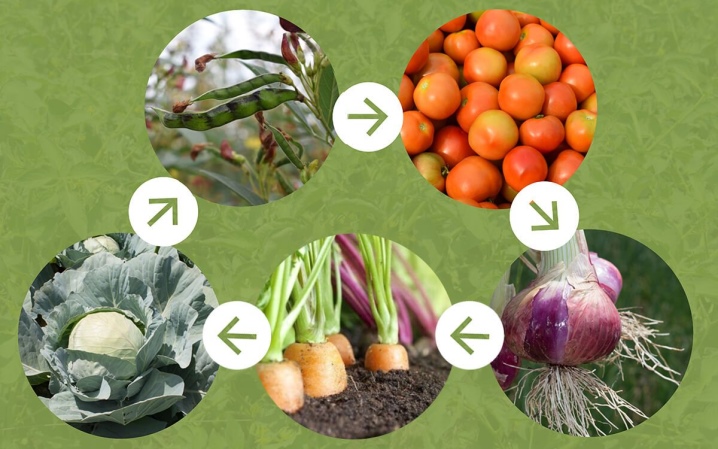
Each plant needs a certain complex of minerals and nutrients in order to produce crops on time. It takes all this from the ground. Therefore, to prevent depletion of the land, vegetables are swapped almost every year or when it is time for replanting.
In order to further minimize the care procedures, you need to plant the berry in an area rich in nutrients. It is advised to first germinate green manure, which in the process of growing enrich the soil with the necessary trace elements. After they have faded, they are removed and strawberries are planted in their place. These plants are not always disposed of from the garden. Most often, after flowering, they are cut off and dug up the soil with them, so they bring even greater benefits to the earth.
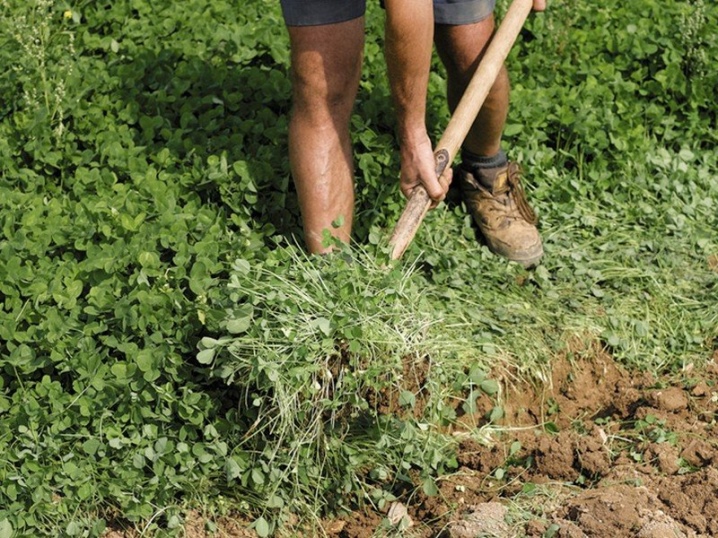
Siderates include:
- rape - enriches the soil with phosphorus;
- mustard - introduces humus and enriches the soil with useful microelements and substances;
- lupine - adds nitrogenous compounds;
- buckwheat - releases phosphorus and some other useful elements;
- phacelia - lowers the acidity of the soil;
Calendula, oats and marigolds have the ability to repel pests and help get rid of parasites (such as nematodes). They are considered the orderlies of the soil. They are also widely used in joint planting and as a useful neighborhood for strawberries.
And also, after flowering, these plants can not be thrown away, but cut off and used as shelters for plants for wintering. For example, marigolds are widely used in this way.

After which is it better to plant strawberries?
This horticultural crop bears fruit well only for 3-4 years. Then it needs to be transplanted. To do this, first, new young bushes are rooted on the mustache of the plant. They are immersed in small containers of water before being planted in the ground. And they get rid of big old bushes.
Strawberries are often transplanted in autumn, before the onset of frost... In the Moscow region and throughout the middle zone of the territory of Russia, rosettes of berries are most often planted in August - September. Then strawberries can give their first harvest next year.If, for some reason, you have to plant it in the spring season, you will have to wait a very long time for the first berries to appear.
It is important to dig up the soil a month before planting young plants, but before that, the remnants of weeds should be removed. Next, you can add fertilizer to the loosened soil. A garden plant requires the presence of nitrogenous compounds in the composition of the soil and some elements necessary for the timely ripening of the crop.
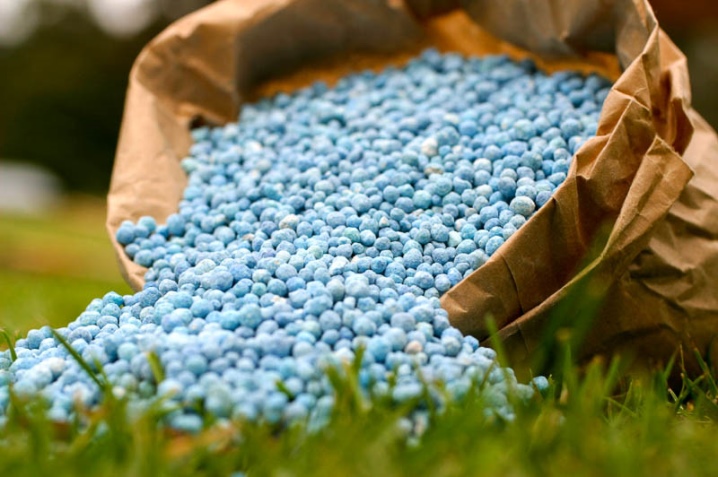
There are also several factors to consider when planting strawberries.
- The plot must be on the sunny side and be well lit during the day.
- Should be provided wind protection. In very windy areas, strawberries will not take root.
- Groundwater must run very deeprather than close to the surface.
- The soil should not be acidified and is enriched with beneficial compounds.
- If planting is carried out in the fall, it should go before the first frost.... It is recommended to cover the plant for better wintering. Also, if covered with sawdust, it is required to neutralize the acidity of the soil with wood ash.
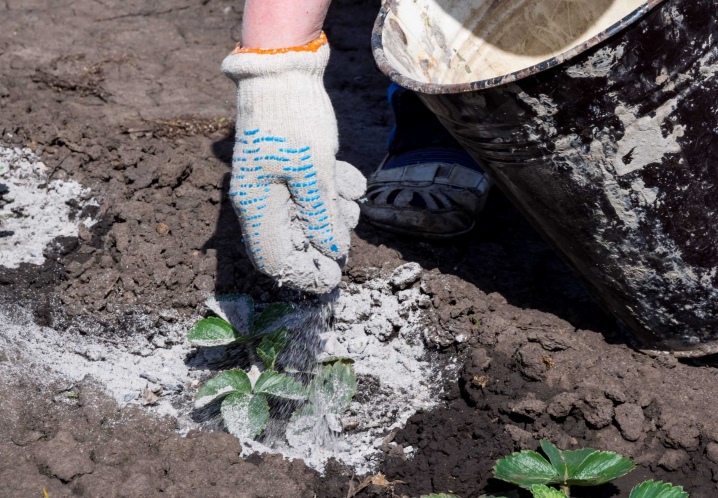
It is equally important to follow the rules of crop rotation, since planting cannot be carried out after any plant. Some crops are suitable as predecessors of strawberries, and after some it is absolutely impossible to plant them.
Vegetable crops, which are the best predecessors for garden strawberries.
- Beans and peas, as well as all types of legumes. They supply the soil with useful and nutritious elements. They also introduce nitrogenous compounds necessary for strawberries into the soil.
- Garlic... Not the best predecessor. Although it picks up some elements, it does not harm the soil and does not leave parasites behind. After the garlic, before planting the rosettes of berries, it is required to enrich the soil by applying top dressing or planting siderates.
- Onion... After it, you can plant strawberries without adding bait, since it almost does not draw nutrients from the soil and does not have similar diseases.
- Different types of greenery, including leaf lettuce. Leave all the necessary elements for the strawberries. They need a completely different composition of substances.
- Radish and radish. They do not have common diseases and pests with this plant.
- Daffodils, marigolds, tulips... Scare away unwanted guests. They effectively disinfect the ground from pests.
- Beet... Growing conditions are similar, but there are no parasites that can remain and harm the fruits of berry plants.
- Carrot... Has the same preferences, but has no common diseases. Since carrots have similar nutrient requirements, it is recommended that they be planted at the same time as legumes to provide nitrogen to the upper layers of the plot.

Carrots are harvested after the onset of the first frost, so berry plants are planted in the spring season. Or the very next year in September. And in March-April, greens, buckwheat or marigolds are planted.
After the beets, the strawberries are planted in the spring, since after harvesting the root crops, it is advisable to first germinate the plants in the garden that enrich the soil, and only then plant the strawberries. After this vegetable, the soil remains empty.
We conclude that these two root vegetables are suitable for growing this type of berry in the garden. But they require small investments as top dressing.
It is best to plant this plant after or in the vicinity of crops that can extract trace elements from the lower layers of the soil.where the strawberry root system cannot reach. Then everything turns out very profitable and logical. Since strawberries extract nutrients only from the upper layers of the earth.
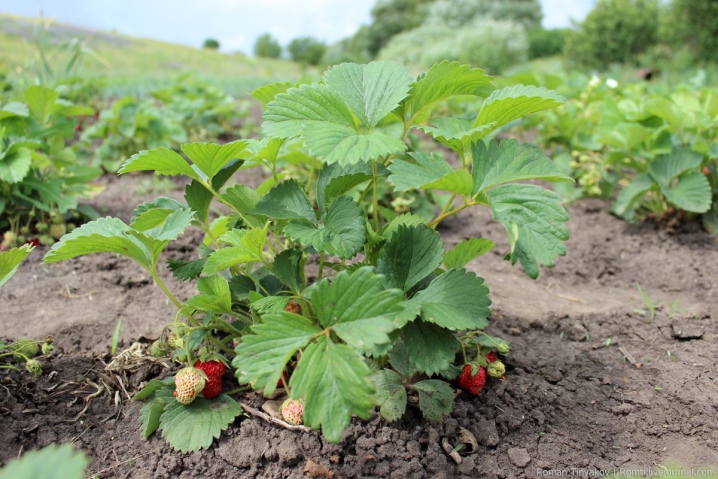
If there is very little space for planting vegetables in the backyard, it is recommended to take into account the useful neighborhood. Thus, several crops can be planted on one bed and this will save territory.
Useful neighbors for garden berries:
- parsley - protects strawberries from the attacks of slugs, they do not tolerate this plant;
- garlic - is needed to prevent a disease such as late blight;
- onion - helps with disinfection of plants;
- marigold - scare off various pests, especially non-method;
- legumes - are needed to additionally enrich the soil with nitrogen, this is a very beneficial neighborhood for strawberries.
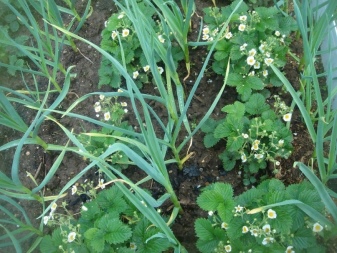

After which the culture cannot be planted?
Not all plants can be precursors for the garden berry. There are vegetable crops, after which it is strongly not recommended to plant strawberries.
There are several reasons for this:
- infection with common diseases;
- loss from the soil of nitrogen required by strawberries;
- strong root system of other crops - it will destroy the roots of strawberries.
If there are no alternative planting sites, then global soil clean-up and remediation procedures will be required.

After these crops, it is strictly forbidden to grow strawberries on the same plot:
- nightshade - tomatoes, potatoes;
- melons - melon, pumpkin, watermelon, zucchini and cucumber;
- raspberries, blackberries and sea buckthorn - not suitable due to similar micronutrient requirements.
Let us analyze in detail which culture is not suitable and for what reason.
- Pumpkin, sunflower and cabbage not suitable due to the property of pulling nitrogenous compounds from the soil.

- Jerusalem artichoke has a very powerful branched root system, which is almost impossible to remove entirely from the ground. Even its remnants will destroy the roots of other plants.
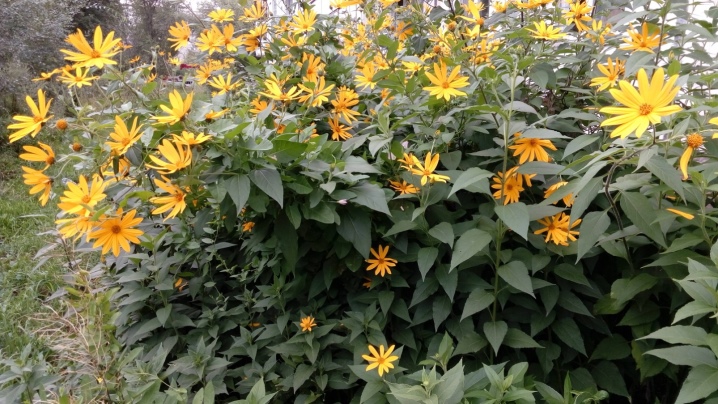
- Buttercups - a very poisonous plant capable of releasing harmful substances around itself.
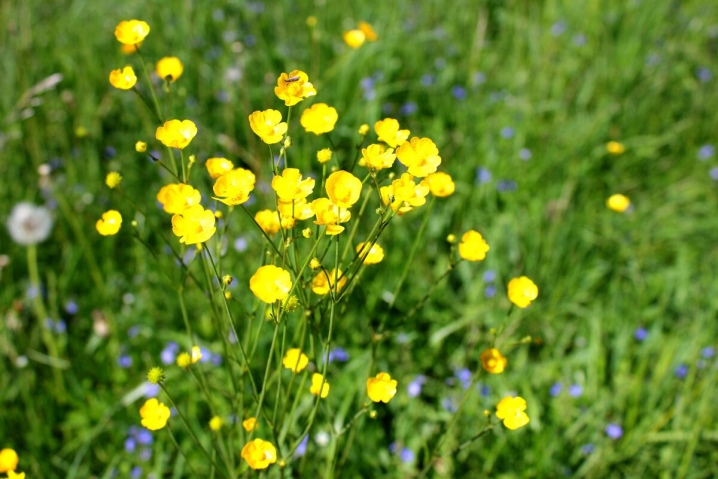
- Potato and tomato have a tendency to a dangerous disease for strawberries, namely late blight. Also, potatoes have a predisposition to be a carrier of pests - stick insects, which are extremely undesirable for berries.
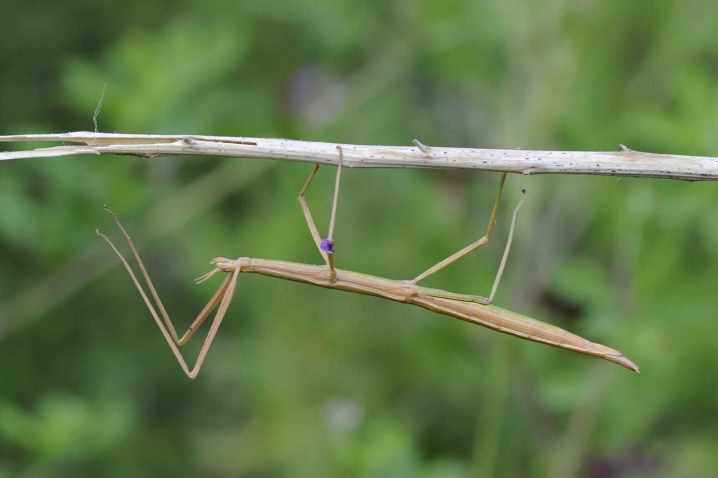
- Zucchini and cucumbers - if you plant strawberries after them, you can subsequently see gray rot on it or parasites such as slugs. Cucumbers are also susceptible to fusarium, to which this berry has no immunity.
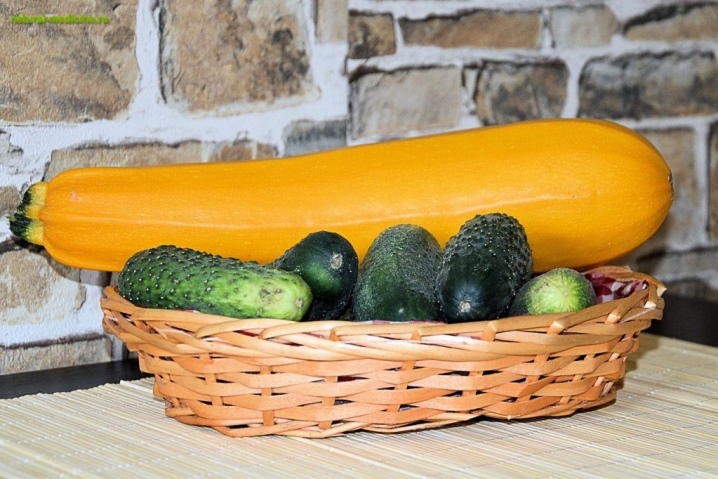
There are also such plants, after which it is not contraindicated to plant this berry, but the introduction of fertilizers and minerals into the soil is required.
Cabbage fits this description. It has similar needs to strawberries. But she does not show signs of diseases that are dangerous to strawberries.
To achieve the desired results, namely a high yield on time, you need to know and apply crop rotation rates. And also use recommendations for a useful neighborhood. Otherwise, the need for trace elements of a particular plant, in particular strawberries, will have to be met with the help of additional care - the introduction of fertilizers and dressings during the entire growing period.
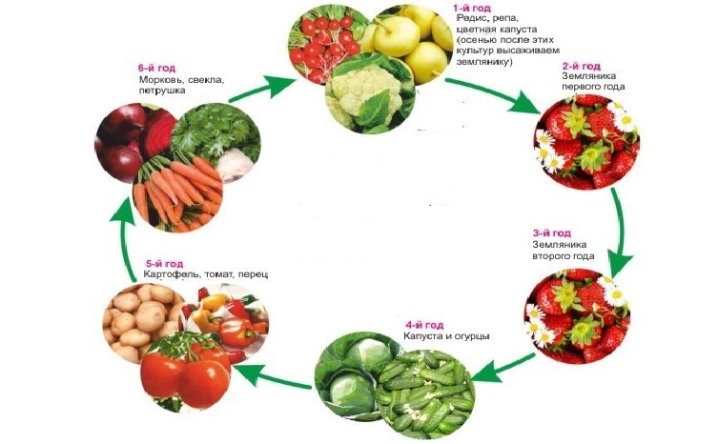













The comment was sent successfully.